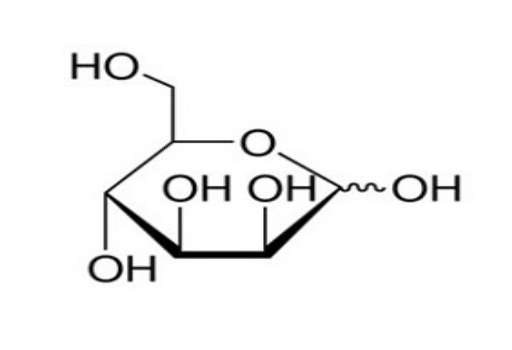D-Mannose Health Benefits, Properties, and Uses

Scientific Name: D-Mannose
Properties: Anti-fungal, Antibiotic, Antibacterial, Anti-viral, Anti-microbial, Immune stimulant
What is D-Mannose?
D-Mannose is a simple sugar derived naturally from fruits and other plants. D-mannose is considered a glyconutrient. Glyconutrients are part of glycoconjugates, which help cells communicate with each other through their sugar coating.1 2 D-mannose acts differently than other typesof sugars like glucose, fructose, sucrose and lactose. Unlike fructose and sucrose, D-mannose doesn’t interfere with blood sugar or metabolism regulation. Instead, D-mannose metabolizes in small amounts. It gets filtered through the kidneys and eventually into the bladder before it breaks down.1D-mannose is most well-known for being the active ingredient in cranberries. However, it’s also found in blueberries, apples, peaches, pineapple, oranges and other fruits.1
D-Mannose Health Uses and Health Benefits
D-mannose health benefits are quite unique. The metabolism process of D-mannose is what makes it so beneficial to the body. As D-mannose passes through the body, it’s able to attract certain pathogenic bacteria. When D-mannose leaves the body through urination, it disposes of these harmful bacteria.1 This makes D-mannose for UTI treatment especially beneficial. As D-mannose gets filtered through the kidneys, into the bladder and out the urinary tract, it is able to attract the harmful bacteria that have become imbedded in the lining of the urinary tract.1 D-mannose health benefits also include being able to stimulate insulin. Researchers feel that D-mannose uses for diabetes are important in helping to prevent and treat this condition.3 D-mannose health benefits also include:3
- Boosting immune system function
- Regulating metabolic syndrome
- Treating intestinal diseases
- Regulating the balance between harmful and beneficial bacteria
D-mannose is a known remedy for the following condition:
- Urinary Tract Infection - Taking D-mannose supplements or eating foods containing D-mannose can help heal urinary tract infections. D-mannose can help excrete E. coli bacteria residing in the urinary tract. The presence of E. coli bacteria in the bladder or urinary tract is one of the main causes of urinary tract infections.
D-Mannose Side Effects and Precautions
At this time, there are no known serious D-mannose side effects.4 D-mannose is best taken orally. When taking D-mannose to treat a urinary tract infection, it’s important to drink plenty of fluids to increase urination. This helps to flush the D-mannose through the bladder and into the urinary tract.2